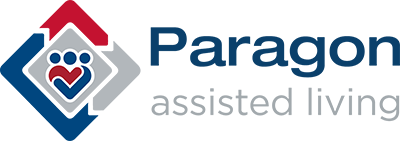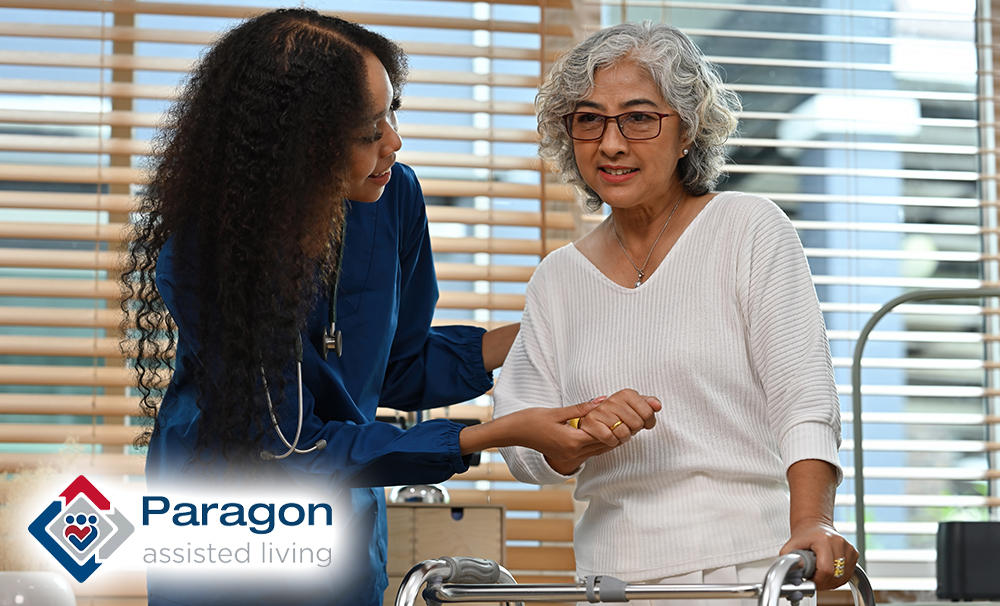If you or a loved one has recently experienced a stroke, you might be wondering what the chances are of making a full recovery. When it comes to strokes, there are two types that individuals might experience, both of which require timely treatment and rehabilitation to support you in making the best recovery possible.
A stroke disrupts your brain’s blood supply, leading to damage and a range of potential long-term symptoms. There are two main types: ischemic and hemorrhagic. An ischemic stroke occurs when a blood clot or blockage obstructs a blood vessel in the brain. This cuts off the blood flow and oxygen supply to the brain tissue, causing brain cells to die and resulting in stroke symptoms. Hemorrhagic strokes happen when a blood vessel in the brain leaks or bursts, which causes bleeding into the brain tissue. The leaked blood can put pressure on your brain cells, causing a variety of symptoms and damage to the brain.
Keep reading as we discover how many stroke patients make a full recovery and what to expect during the recovery process.
Stroke Recovery: What the Numbers Say
Within the adult population, a stroke is a leading cause of long-term disability and within survivors over 65, more than half of them experience reduced mobility. According to the CDC, the initial response to the stroke also impacts recovery, with patients arriving at the emergency room within three hours of first symptoms often experiencing less disability three months later. The CDC also states that nearly one in four people who have a stroke have previously had this condition, which is a big indicator of the recovery process and future outlook. Older adults usually have lower survival rates from strokes. A French study in 2019 showed that the 10 years relative survival rate for those under 65 years was 82.8% but lowered to 34.2% in those over 85 years of age.
It can take months or even years to recover from a stroke, and some individuals may never fully recover or go back to their previous way of life. A 2022 study of 300,000 patients in Australia and New Zealand saw that having any type of stroke typically reduced life expectancy by 5.5 years. This increases to 7.4 years within people who had a hemorrhagic stroke. Stroke rehabilitation is an essential part of attempting to regain your previous quality of life and begins as soon as your condition stabilizes in the hospital. Your likelihood of recovery will vary based on the type of stroke you had, your location, age, and the timing and quality of your treatment and aftercare.
What “Full Recovery” Really Means
When we use the term “full recovery” it’s important to note that this may differ between patients. Recovery refers to the return to good physical function, improvement to cognitive and speech abilities, and also the overall emotional and psychological well-being of the patient. Some deficits following a stroke may be invisible, such as memory loss, depression, and fatigue, which is why it is hard to know if someone has recovered. Common complications following a stroke include behavioral changes, cognitive impairments, difficulty speaking or swallowing, mood changes, and weakness.
The Recovery Process: What to Expect
There are various phases to the recovery process which may slowly help you to return to your previous life. Acute treatment for a stroke is the hospital phase, where the initial medical treatment focuses on the physical symptoms of a stroke. From there, you may move into inpatient or outpatient therapy, which is the subacute rehab stage. This starts to focus on other areas of recovery with a goal of potentially moving you back into your home when ready. Long-term recovery involves home-based or community programs and may take months or even years after your initial treatment.
Common rehabilitation methods which are used for stroke patients include PT, OT, speech therapy, and cognitive therapy, all of which may be used together to create a treatment program focused on your overall health and well-being. During the recovery process, caregivers and support systems are critical to offer encouragement and help you to stay on track with your treatment.
Tips for Maximizing Stroke Recovery
Early intervention and consistent therapy are critical to have the best chance of making a good recovery following a stroke. As well as receiving treatment tailored to your unique challenges, lifestyle changes are recommended to avoid another stroke and improve your overall health. Changes which are often suggested include for your diet, exercise routine, managing blood pressure, and quitting smoking. It’s important for patients to stay mentally and socially active where possible, especially if their physical health has been impacted or they are bed-bound. There are some excellent assistive technologies and adaptive tools on offer today which can support stroke recovery and are well worth incorporating into your recovery process.
When Recovery Plateaus – and How to Cope
Recovery plateaus is a concept which many stroke patients learn about in the months and years following a stroke. This is very common in stroke rehabilitation and refers to a period of time when a patient experiences little or no improvement following a time of good progress. This doesn’t necessarily indicate the end of your recovery, but it can be very frustrating for patients and their families. It’s important to remember that stroke recovery is an ongoing process, but emotional and psychological support are often needed for both patients and families. If you do find recovery plateaus, it’s always worth reviewing the treatment plan to see if any small changes could be made to encourage further progress.
If you or a family member has a stroke or is a stroke survivor, the sooner you receive treatment, the higher your odds are of making a full recovery. With proactive rehabilitation and a positive outlook, there is a good hope that you’ll be able to enjoy activities you previously did again in the future. Consult a neurologist or stroke specialist early in the recovery journey to ensure you are doing all you can to offer yourself or your loved one the best chances of recovery. At Paragon Assisted Living, our team is here to support individuals after a stroke, so don’t hesitate to contact us for more information about the services we offer.

